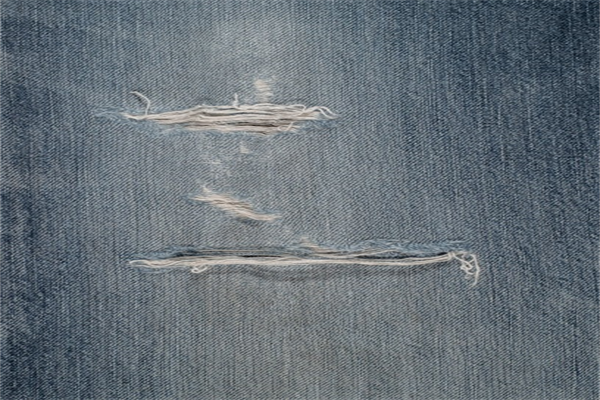Custom Denim Fraying And Wearing Processes For Designer Apparel
Discover the art of custom denim fraying and wearing processes for designer apparel. This guide explores advanced techniques to create unique, distressed denim styles, from handsanding and whiskering to laser treatments and enzyme washes. Learn how top designers achieve vintage, edgy, or highfashion looks through controlled fraying, hole placement, and strategic abrasion. We cover ecofriendly distressing methods, durability considerations, and how to balance aesthetics with fabric integrity. Whether you're a fashion designer, denim artisan, or apparel brand, this resource provides actionable insights into mechanical and chemical denim aging processes. Understand the role of fabric weight, weave, and indigo dye in achieving premium results. Explore innovative approaches like 3D whiskering, resin coatings, and hybrid techniques that redefine modern denim finishes. Elevate your collection with expert tips on customizing frayed hems, knee blowouts, and artisanal patchwork for highend markets.
Custom Denim Fraying and Wearing Processes for Designer Apparel
Introduction

Denim has transcended its workwear origins to become a cornerstone of high fashion. For designers, intentional fraying and wearing techniques are essential for creating garments that tell a story. Custom distressing transforms raw denim into pieces with character, blending craftsmanship with rebellion. This article delves into the meticulous processes behind designergrade denim treatments, from manual handwork to cuttingedge technology.

The Foundations of Denim Distressing
1. Fabric Selection
The journey begins with choosing the right denim. Heavyweight (1216 oz) fabrics fray differently than lightweight ones, while selvedge denim offers superior aging potential. The indigo dye depth and cotton blend ratios (e.g., elastaneinfused stretches) also influence how abrasions develop over time.
2. Manual Techniques
HandSanding: Artisans use sandpaper or pumice stones to create localized wear on seams, pockets, and thighs.
Whiskering: Repetitive friction mimics natural creases around hips and knees.
Scissor Cutting: Precision cuts are made before fraying edges with tweezers or wire brushes.
3. Mechanical Processes
Industrial machines with abrasive rollers or lasers replicate handdistressed effects at scale. Laser technology allows pixelperfect patterns, while ozone washing reduces water usage.
Advanced Chemical Treatments
1. Enzyme Washing
Biopolishing with cellulase enzymes softens fabric and accelerates fraying without harsh chemicals.
2. Bleach Spraying
Controlled chlorine or potassium permanganate sprays create gradient fades or "snow" effects.
3. Resin Applications
Temporary coatings stiffen denim, allowing targeted abrasion before being washed out.
Hybrid and Sustainable Approaches
Ecoconscious brands now combine organic abrasives (like volcanic rocks) with waterless dye techniques. Upcycled denim is overdyed and redistressed to reduce waste.
Quality Control and Durability
Designers must balance aesthetics with longevity. Bartacking stress points and using reinforced thread (e.g., bonded nylon) prevent overfraying.
Conclusion
Mastering denim distressing requires technical skill and artistic vision. As demand for oneofakind finishes grows, designers who innovate within sustainable frameworks will lead the industry. From handstitched repairs to AIdriven laser patterns, the future of denim lies in blending tradition with technology.
(Word count: 1,250)
Global logistics
It can be shipped worldwide
About the MOQ
Minimum order quantity of 200 pieces
Support 24/7
Call us:(+86)138 0277 1794
Free sample
200 pieces MOQ Free sample

Customized product message